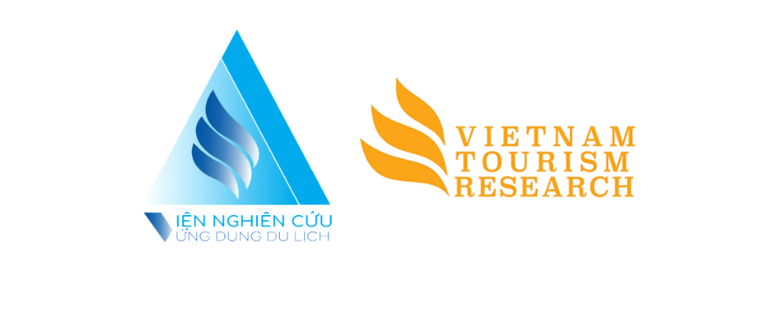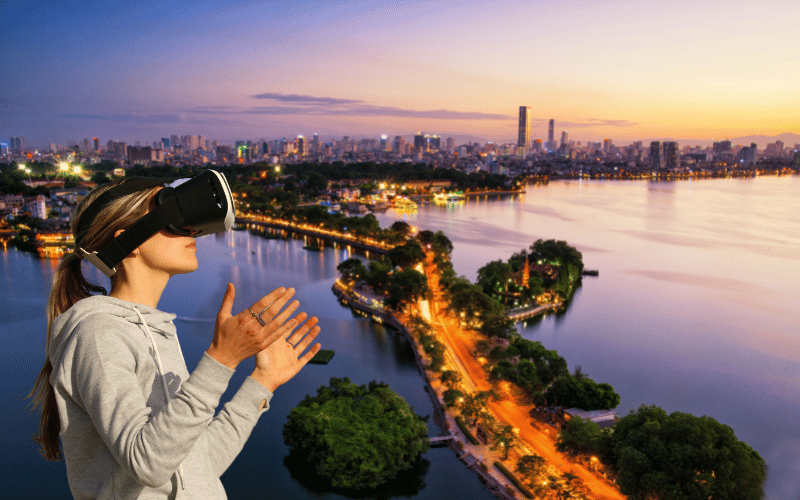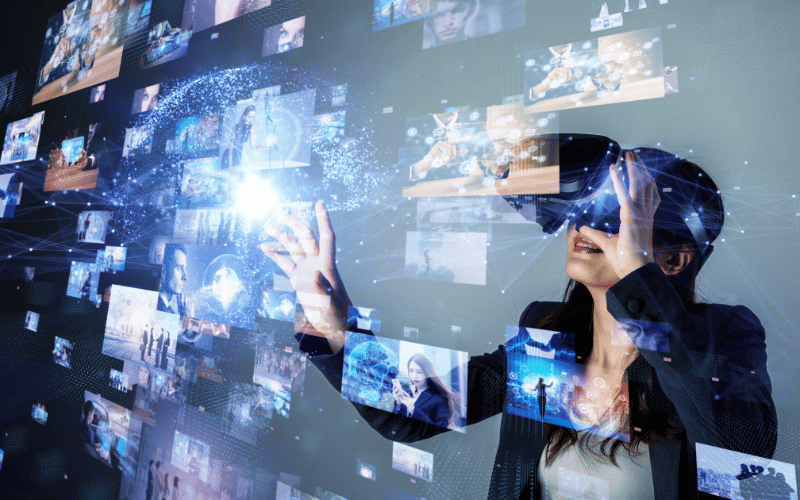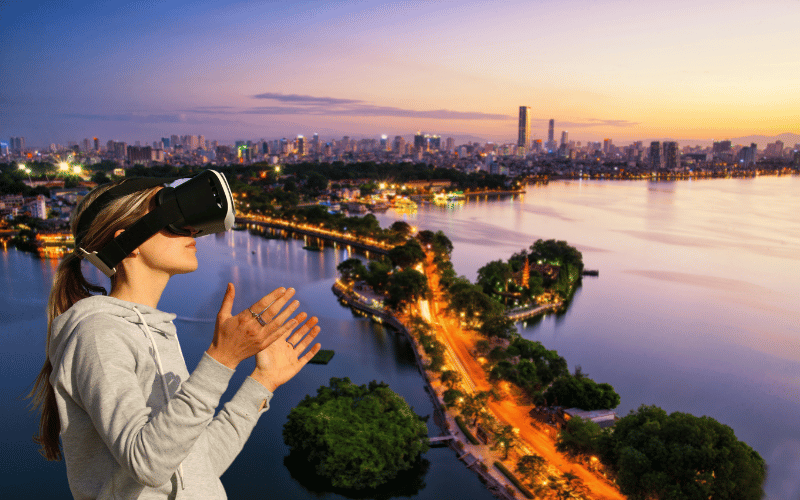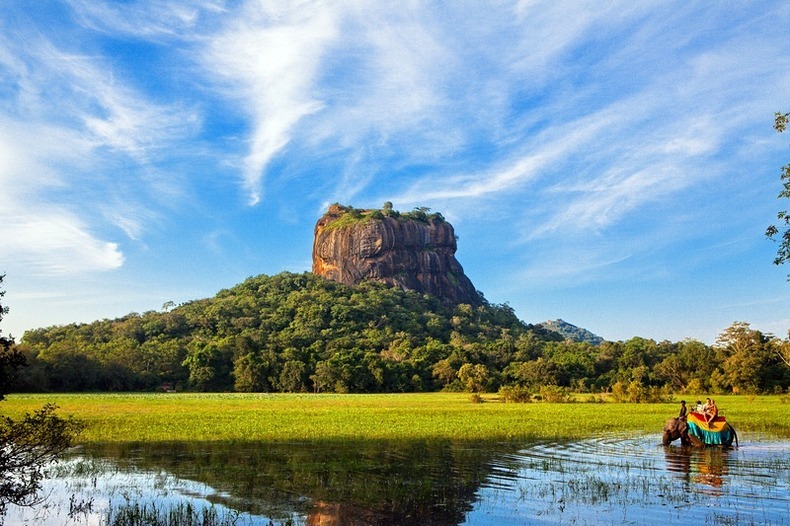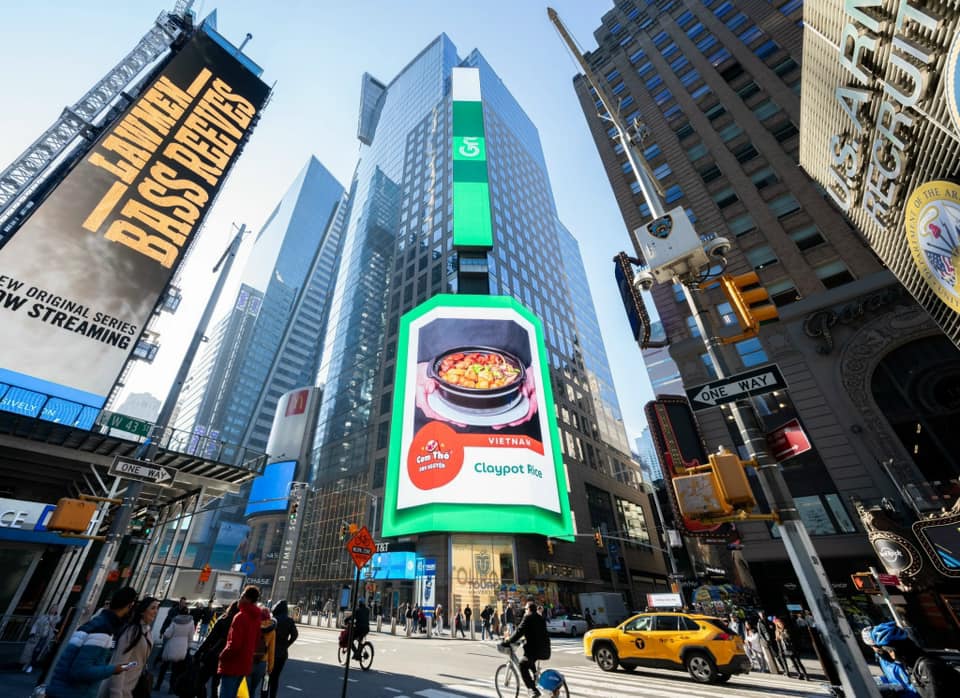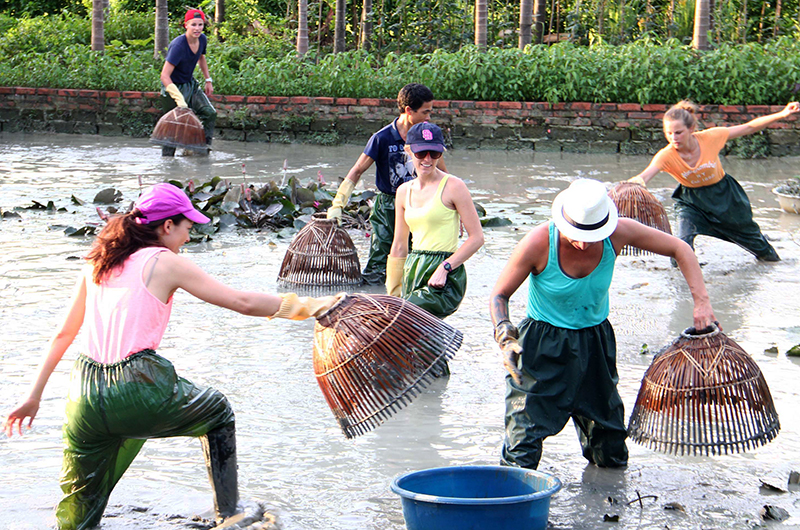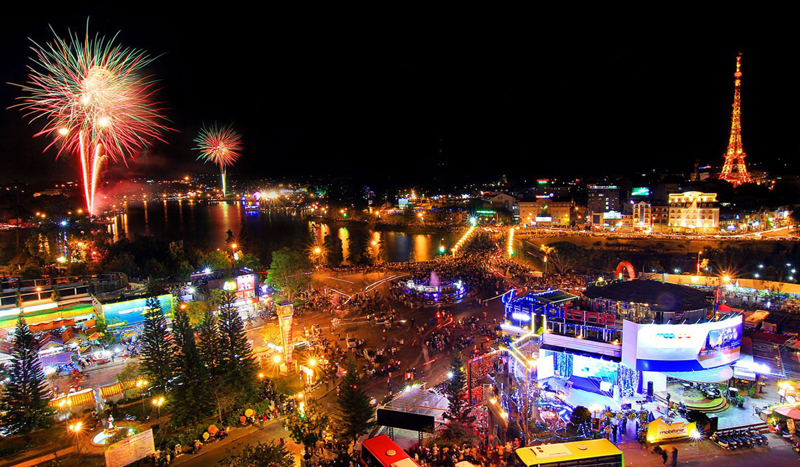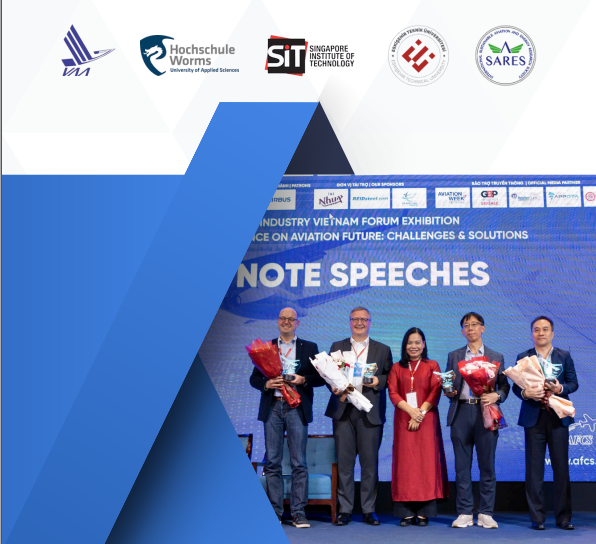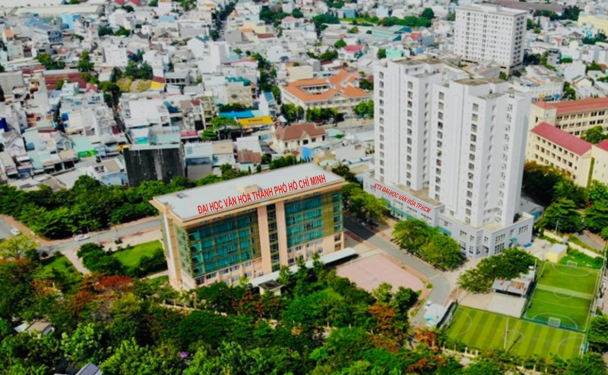This post is also available in:
Tiếng Việt (Vietnamese)
This article investigates the transformative role of virtual reality (VR) in destination marketing, particularly in the context of the COVID-19 pandemic. It analyzes strategies implemented by leading organizations such as the Hong Kong Tourism Board (HKTB) and startups like Teleport to attract visitors, maintain destination presence, and inspire travel.
The article also discusses technical challenges, accessibility considerations, and potential economic impacts on local communities, affirming VR as a powerful complement—rather than a replacement—to embodied, in-person travel experiences.
Introduction
The COVID-19 pandemic fundamentally reshaped the global tourism industry, producing unprecedented challenges and a context in which “virtually every destination operated like a startup.” Demand for trustworthy online information surged, while destinations were compelled to sustain engagement with prospective travelers to avoid becoming “invisible.”
Experience-centric marketing—designed to provide a feeling of “being there” prior to a travel commitment—thus became pivotal. Simultaneously, issues such as overtourism in major cities (e.g., London) required creative solutions to disperse flows and promote lesser-known places. VR emerged as a key tool to meet these needs, offering immersive means to maintain interaction and keep destinations salient in travelers’ memory.
Methods and Approaches
Tourism organizations and startups have adopted multiple approaches to integrate VR into marketing strategies.
Hong Kong Tourism Board (HKTB)
Strategic intent. HKTB employs VR to keep Hong Kong top-of-mind. The focus is on providing experiential content during mobility restrictions, enabling audiences to “dream” about the destination.
-
Content diversification. HKTB produces 360-degree videos showcasing Hong Kong’s nature and lesser-known hiking trails—award-winning outputs that reshape perceptions of the city’s natural beauty. VR is also used to portray urban vitality, featuring icons such as the harbor, the “ding ding” tram, the skyline, nightlife, and neon signage.
-
Accessibility. 360-degree content is distributed on public platforms (e.g., YouTube) so audiences can watch without dedicated headsets, thereby broadening reach. HKTB balances 360- and 180-degree modes to optimize storytelling.
-
Use-case discipline. VR is deployed only when aligned with message and communication objectives; it is not used for technology’s sake. The format is particularly suited to immersive narratives.
Teleport
Immersive, interactive content. Teleport develops fully immersive, interactive VR content for destination marketing, aiming to connect people with places they love—whether rekindling bonds or fostering discovery.
-
Solutions and pilots. To mitigate hardware barriers, Teleport converted disused London phone booths into unsupervised, free-to-use “teleportation booths” equipped with headsets. Content comprises immersive 3D video with binaural audio. A pilot with VisitScotland recorded high engagement (≈10 minutes per session on average) and roughly 500 visitors per week, eliciting strong emotional responses such as nostalgia, excitement, and surprise.
-
Pandemic adaptation. When COVID-19 halted the phone-booth initiative, Teleport pivoted to a nationwide VR application for consumer headsets, spanning both major cities and lesser-known sites. The app enables “jumping” between locations and includes a “random teleport” mode to encourage exploration.
-
Community engagement. Teleport partners with care homes and schools, using the software as an educational tool and as a means of “virtual travel” for those with mobility constraints or homesickness.
Findings and Applications
-
Engagement and inspiration. HKTB’s VR campaigns attracted broad audiences, won awards, and reframed perceptions of Hong Kong. Teleport demonstrated VR’s capacity to evoke strong emotions and sustain user attention for extended periods.
-
Industry growth. The pandemic accelerated global VR adoption. Facebook’s Oculus Quest 2 was positioned to become the first mass-market VR headset with a target of 10 million units; Facebook’s non-advertising revenues rose sharply; and over 60% of Oculus developers crossed the one-million-dollar revenue mark. The VR market grew at an estimated 37.4% annually, outpacing influencer marketing (32%).
-
Wider deployment. Destinations such as Australia, British Columbia, and Las Vegas integrated VR into campaigns and reported improved web engagement. Marriott also used VR to inspire dream-wedding destination choices, illustrating VR’s emotional influence and impact on decision-making.
Discussion
VR as a Complement, Not a Substitute
There is broad consensus that VR functions as a bridge and a source of inspiration rather than a substitute for in-situ travel. Tangible values—culinary experiences, human contact, and local culture—cannot be fully replicated in VR.
Accessibility and Inclusion
Key accessibility strategies include using public platforms (e.g., YouTube) for 360-degree video; creating free points of access (Teleport’s booths); designing content to minimize motion sickness (fixed cameras, “jump-point” navigation); and developing programs for those with limited mobility (older adults, persons with disabilities, children).
Technical Challenges
Producing 360-degree VR content entails: limited control over space and crowds due to omnidirectional capture; weather and lighting variability (especially outdoors/nighttime) affecting quality; and complex post-production (stitching) to achieve seamless 360-degree imagery.
Economic Value for Local Communities
VR can promote “hidden gems,” broaden visitor distribution, alleviate pressures on hotspots, and stimulate domestic tourism by inspiring exploration of lesser-known sites.
Determinants of Effective VR Marketing Strategy
Decisions to adopt VR should be grounded in:
(i) content–message fit;
(ii) clear objectives regarding immersion level, engagement duration, and experiential value;
(iii) a complementary media mix in which VR augments traditional formats (e.g., 180-degree and 2D video) according to communication goals.
Conclusion
VR has proven to be a breakthrough tool in destination marketing—especially valuable in the post-pandemic era as tourism adapts to profound disruptions. It enables sustained engagement with travelers, preserves destination salience, and inspires through immersive experiences. While technical challenges persist and VR cannot replace on-the-ground experiences, it remains a high-potential complement that bridges curiosity and actual travel. The sector’s rapid growth strengthens the prospect that VR will reshape how people explore and connect with the world.
Recommendations
For Destination Marketers
-
Be early and empathetic users: cultivate a deep understanding of traveler behavior and expectations.
-
Adopt VR strategically: deploy it only when it meaningfully elevates the message or experience—avoid technology-driven gimmicks.
-
Maximize accessibility: ensure content reaches diverse audiences, including those with physical limitations.
For VR Entrepreneurs
-
Prioritize product quality: deliver clear, audience-relevant value.
-
Ground development in research: integrate primary and secondary research to refine offerings.
-
Be persistent and enterprising: step beyond comfort zones and embrace the challenges inherent in entrepreneurship.
